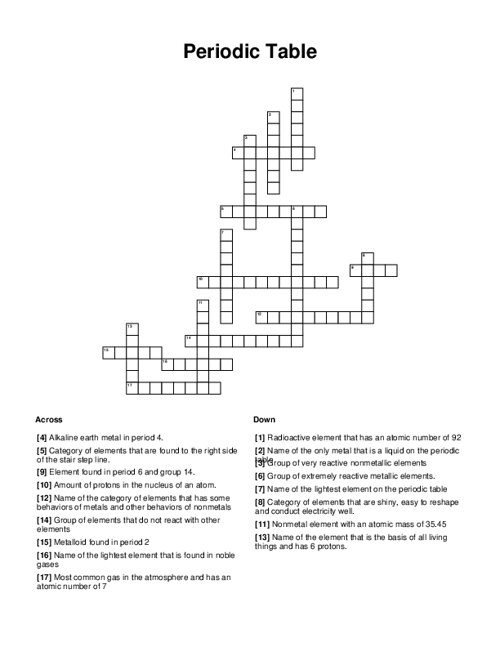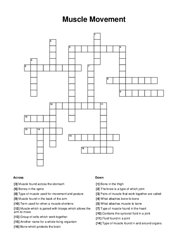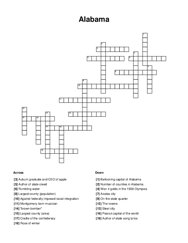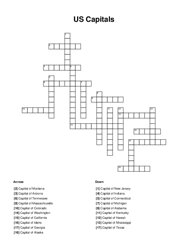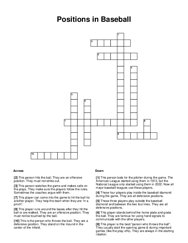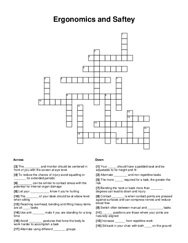Periodic Table Crossword Puzzle
QUESTIONS LIST: chlorine : nonmetal element with an atomic mass of 35.45, boron : metalloid found in period 2, carbon : name of the element that is the basis of all living things and has 6 protons, nonmetals : category of elements that are found to the right side of the stair step line, hydrogen : name of the lightest element on the periodic table, calcium : alkaline earth metal in period 4, mercury : name of the only metal that is a liquid on the periodic table, halogens : group of very reactive nonmetallic elements, noble gases : group of elements that do not react with other elements, lead : element found in period 6 and group 14, alkali metals : group of extremely reactive metallic elements, metalloids : name of the category of elements that has some behaviors of metals and other behaviors of nonmetals, nitrogen : most common gas in the atmosphere and has an atomic number of 7, helium : name of the lightest element that is found in noble gases, uranium : radioactive element that has an atomic number of 92, metals : category of elements that are shiny, easy to reshape and conduct electricity well, atomic number : amount of protons in the nucleus of an atom.
